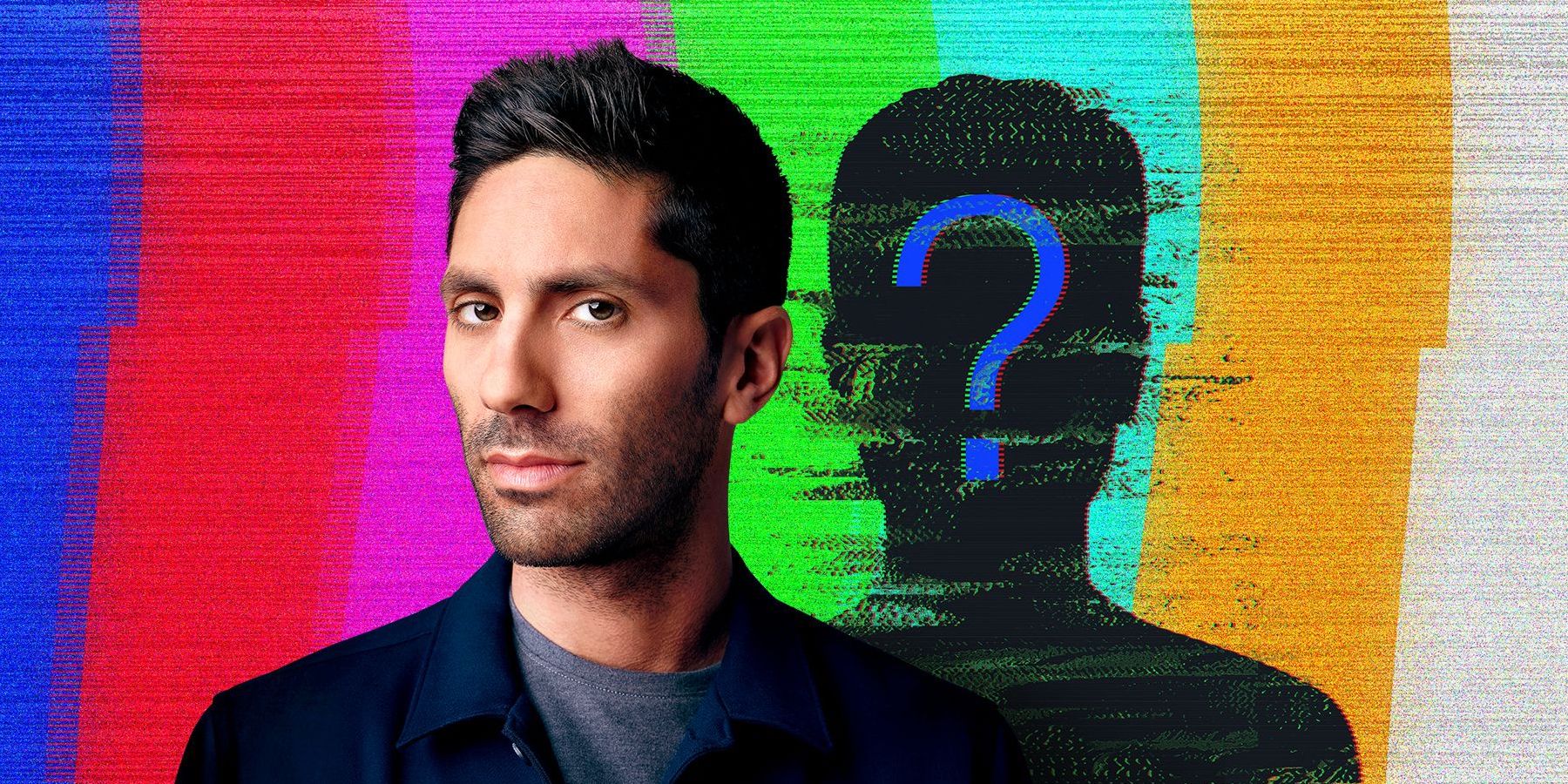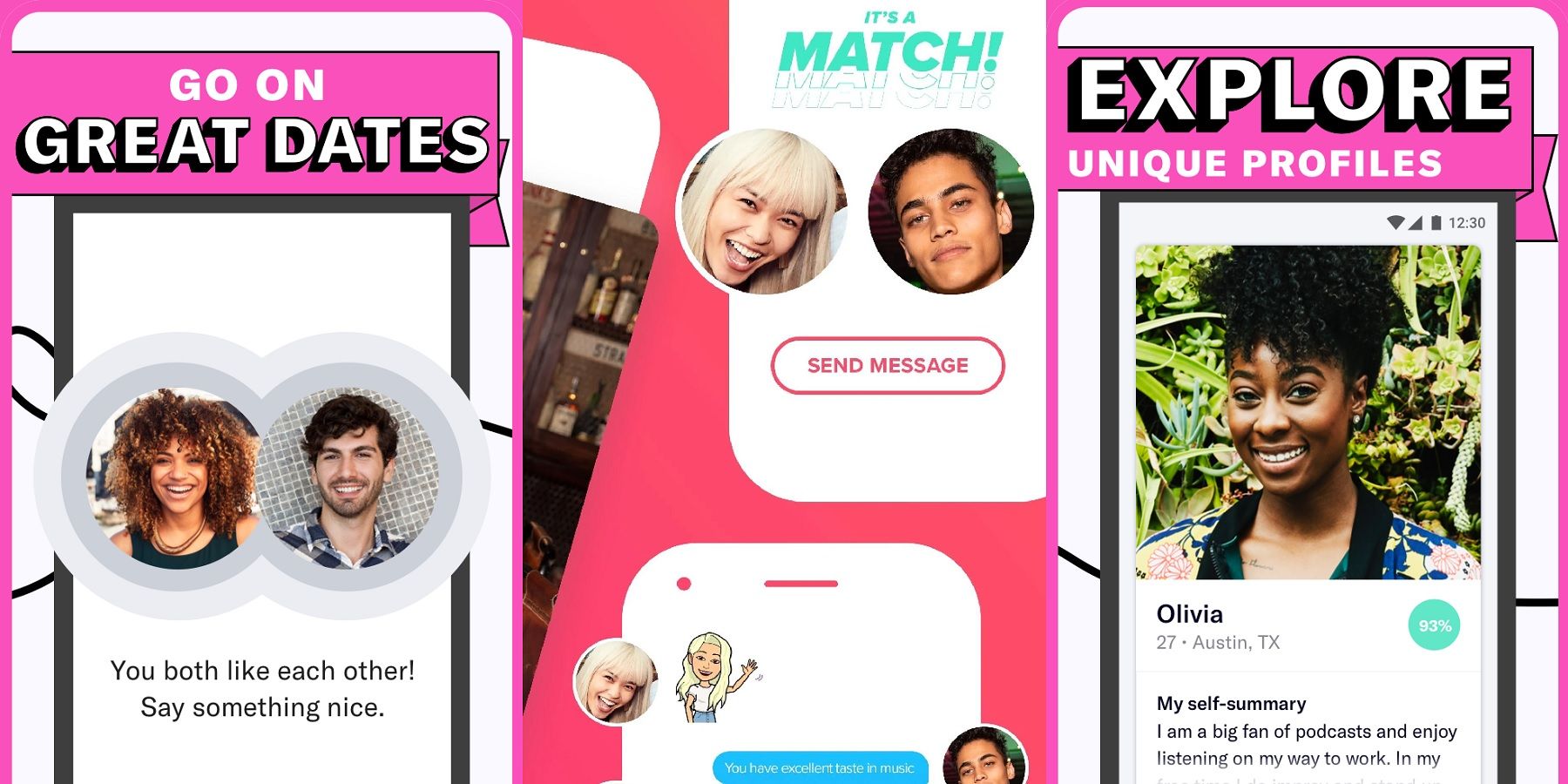Tinder is introducing a photo verification test, hoping to improve safety and reduce catfishing on the platform. The verification test will use AI that will compare two sets of photos and keep track of the differences between them. Currently, Tinder is testing the procedure in closed environments but aims to bring it to a broader audience this year. Users who have completed the verification test will receive a check mark on their profile.
Catfishing is a term used to describe people who create online profiles that are inaccurate and are intended to deceive or defraud people. That usually means using pictures of other people, or claiming to be someone they are not. The verification system could deter this by requiring users to take a series of selfies to compare with their existing profile pictures. Once completed, the photos will be reviewed by a human-assisted AI. Tinder hopes that its AI will be able to perform the task on its own eventually.
The verification test is one of several changes that Tinder is introducing to keep its users safe. With Tinder integrating with the safety platform Noonlight, users will be able to report details of their meetups so that local authorities will be alerted should they be in danger. The dating application will also bolster the user experience with an in-depth safety center. The addition will provide advice on how to remain safe on the app. In certain markets, Tinder will detect offensive messages and offer the user a chance to report the sender.
Does Tinder’s Verification Test Hurt User Privacy?
Tinder’s overhaul of its safety features aims to ensure that people present themselves as they are. As an app that aims to bring people together, user safety has to be balanced against privacy. Currently, Tinder isn’t forcing people to pass the verification test to use the app. The checkmark it applies to a user’s profile is for user safety – it’s safer for people to know who they’re meeting in person.
Privacy on the broader internet is essential. But because Tinder aims to unite people through the internet, it’s different than if Twitter required its user base to pass the same test. On Tinder, you’re often interacting with a single person with the intent to eventually meet. The verification process could make people more likely to meet up, should the system be deemed trustworthy. Twitter’s blue checkmarks, by comparison, are completely different because Twitter doesn’t posture itself as a site that aims to bring people together. Tinder’s offering its users a choice of increased security without compromising on their privacy.
Source: Engadget

